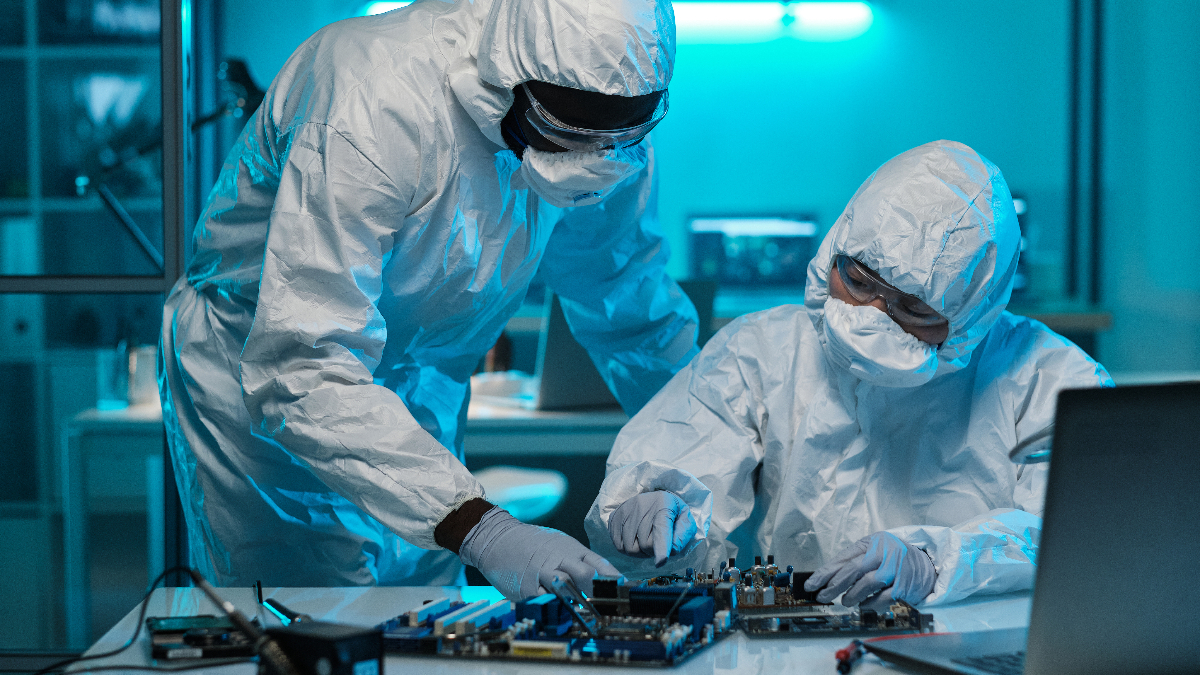
LISN stands for Line Impedance Stabilization Networks, and it is a device used to measure the impedance of a transmission line. It is also used to measure the voltage and current standing waves on a transmission line. The LISN is placed between the transmitter and the antenna, or the receiver and the antenna.
What It Does
The LISN helps to ensure that the transmitter is working within its specified operating range, and it also helps to prevent damage to the transmitter or receiver. The LISN can also help to improve the signal-to-noise ratio and reduce interference. You can learn more on Line Impedance Stabilization Networks and see the different types of LISN. LISN stands for Line Impedance Stabilization Networks, and it is a device used to measure the impedance of a transmission line. It is also used to measure the voltage and current standing waves on a transmission line. The LISN is placed between the transmitter and the antenna, or the receiver and the antenna. The LISN helps to ensure that the transmitter is working within its specified operating range, and it also helps to prevent damage to the transmitter or receiver. The LISN can also help to improve the signal-to-noise ratio and reduce interference. You can learn more on Line Impedance Stabilization Networks and see the different types of LISN.
Interesting Facts About LISN
The use of a LISN is not required in all cases, but it is usually recommended whenever an electronic device that emits high levels of radiofrequency energy is used near where people are located. When measuring devices are placed too close together, their impedances are often very different, which causes standing waves on the transmission line. A standing wave causes interference that can impact data communication rates.
Different Types of LISN
There are several types of LISN, including Inline LISN, Long Inline LISN, Crosstalk Canceling Device (CCD), and Low Pass Filter. These types differ by the method used to acquire the lightning impulse and subsequent surge. The devices filter out high-frequency noise and allow low frequencies through, which is similar to a power line filter. Also, keep in mind that no LISN can protect against Direct Lightning strikes or nearby indirect lightning strike ground current paths.
Inline LISN
Inline LISN is an acronym for “Inline Listening and Speaking Network”. In other words, it refers to a system that allows people to listen and speak simultaneously. One of the most common forms of inline LISN is a telephone call where two or more people can be on the phone at once. Another example would be a video conference where multiple parties can watch each other as well as talk at the same time. Inline LISN has been around since the early 1990s but until now has not been widely used due to its high cost and complexity in setup. However, this new technology may change all that as it becomes much cheaper and easier for companies to implement without completely restructuring their networks.
Long Inline LISN
A long inline LISN is a type of sentence that is used to make the reader think about what they are reading. An example would be “I’m tired.” The sentence gives the reader an idea of how you are feeling but does not give them any other information. This technique can be used in many different ways, for example, it may be used as a way to start an article or story by getting the reader’s attention and making them want to read more. It may also just be something that is said out loud when someone has nothing else to say because it’s important for people to know your feelings without having anything else going on at this moment.
Radio Frequency Emissions
Radiofrequency emissions are a type of electromagnetic radiation that is emitted by electronic devices. These emissions can cause interference and can be harmful to people if they are exposed to them for long periods. Radiofrequency energy is measured in terms of hertz (Hz) or kilohertz (kHz). Most common household electronics emit radiofrequency energy in the range of 50 Hz to 1,000 kHz. Some devices, such as cell phones, emit radiofrequency energy in the range of 1,000 kHz to 3,000 MHz.
Lightning Strikes
A lightning strike is an electrical discharge that occurs during a thunderstorm. This discharge is often seen as a bright light that flashes across the sky. lightning strike can also be seen as a bright light that is emitted from an electronic device. A direct lightning strike is when the lightning comes down and hits the device directly, while an indirect lightning strike is when the lightning comes down and hits something else near the device, such as a tree or power line.
Understanding Maximum Continuous Current
One of the most important things to understand when using a LISN is the maximum continuous current. The maximum continuous current is the amount of current that the device can handle without being damaged. This number is usually listed in the specifications for the device. It is important to make sure that the total current draw from all devices connected to the LISN does not exceed this number. If it does, then the device may be damaged and could potentially cause a fire.
Lightning Impulse and Ground Wave
The lightning impulse is a type of surge that is caused by a lightning strike. This surge can be very harmful to electronic devices and can cause them to fail. The best way to protect against this surge is to use a LISN. A LISN is a device that places a device in the ground. It allows the current to flow down from the cloud and touch the earth without going through sensitive electronics. A ground wave is electromagnetic radiation that travels along the surface of the Earth. Ground waves are not as easy to notice as regular radio waves because they have much lower frequencies than those used for normal radio communication. This means that their wavelengths are much longer and cannot be seen with a regular FM receiver. One example would be local AM stations broadcasting at 540 kHz, which has a wavelength of about 200 meters, whereas your typical ham radio transmission may use 1 MHz which only has a one-meter wavelength.
The best thing you can do is use the correct LISN for its intended purpose to make sure your devices are working within their specified limits. The next time you are thinking about buying an electronic device, make sure it has all of the safety approvals that will allow you to stay safe while using it. Then, all that’s left is for you to buy it!




